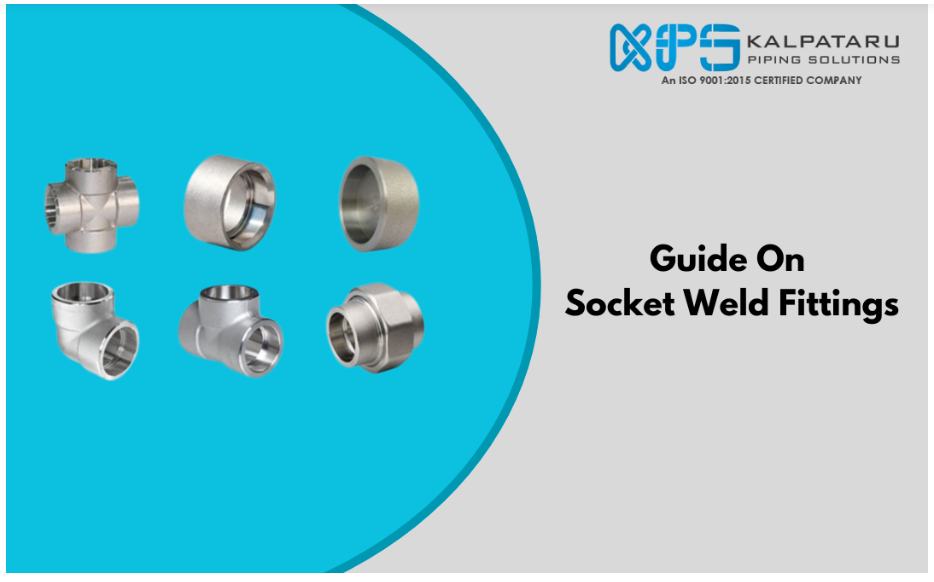Guide on Socket Weld Fittings
Stainless steel pipe fittings are crucial components that connect one or more pipes, facilitating in-line branching and directional changes. These fittings are typically available in three main types: butt-weld, threaded/screwed, and socket weld. In this blog, we will focus on socket weld fittings, exploring their types, advantages, disadvantages, and applications.
What Is Socket Weld Fittings?
Socket weld fittings are used to join pipes, valves, or flanges by inserting the pipe into a recessed portion of the fitting. The connection is secured with a fillet weld, creating a robust, leak-proof joint ideal for high-pressure applications. Socket weld pipe fittings follow ASTM and ASME B16.11 standards, which dictate tolerances, pressure, and temperature ratings, ensuring durability and performance.
Types of Socket Weld Fittings
Socket weld fittings are essential components in piping systems, providing robust and leak-proof connections for various industrial applications. Here, we explore different types of socket weld fittings, their functions, and where they are commonly used.
1. Full Coupling : A socket weld full coupling, also known as a socket weld coupler, is a fitting used to connect two pipes or a pipe and a nipple.
2. Half Coupling: A half coupling is a fitting inserted into the end of a run pipe, providing a female threaded end connection. These are often used in conjunction with another half-coupling.
3. Reducing Coupling : Reducing couplings are used to connect two pipes with different outer diameters, allowing for a seamless transition between varying pipe sizes.
4. Reducer Insert : Reducer inserts provide a cost-effective and efficient method for pipeline reductions, ensuring compliance with MSS SP-79 standards.
5. Socket Weld Union : A socket weld union is a screwed connection consisting of three interwoven components. It has two internal threads and a center that, when rotated, draws the ends together.
6. Socket Weld Elbow : Socket weld elbows are used in piping systems with high working pressures and temperatures, where the pipe walls are thick. The pipe is inserted into the socket, and fillet welds are made on both sides of the joint.
7. Socket Weld Tee (Straight and Reducing) : Socket weld tees are specialized fittings used to create a 90-degree branch off the main pipe. They connect to pipes of the same diameter forming the head of the tee, with openings for additional pipe connections.
8. Socket Weld Cross : A socket weld cross allows for the creation of a 90-degree branch from the main pipe run, similar to a tee but with four connections.
9. Socket Weld Cap : Socket weld caps are end caps used to seal the ends of pipes. They are cap-shaped and provide a secure closure for the pipeline.
Read More - Advantages of Socket Weld Fittings

Comments
Post a Comment